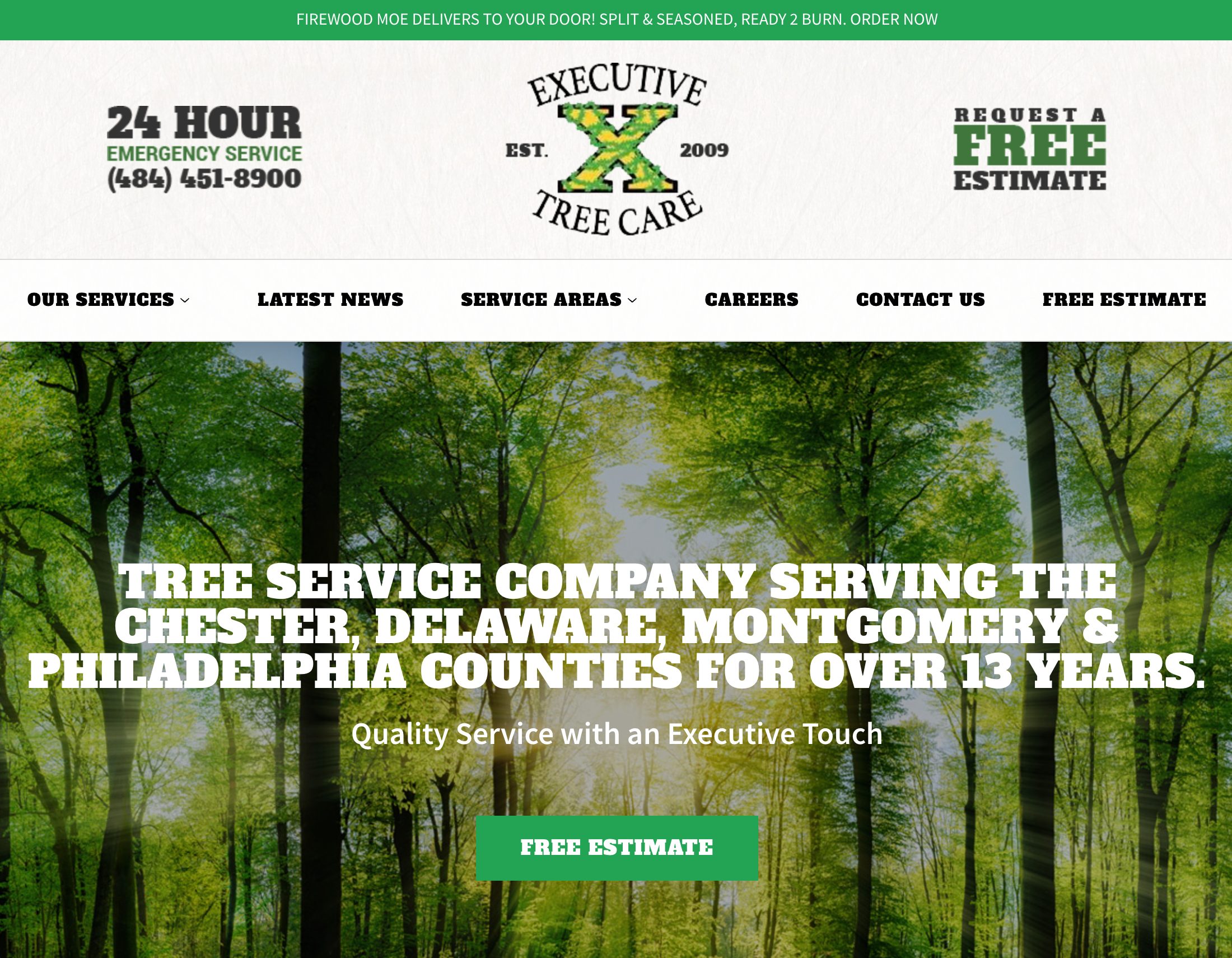In the fast-paced world of digital marketing, businesses must continually adapt and optimize their online strategies to achieve sustainable growth and outpace the competition. As a Digital Marketing Agency in Philadelphia, specializing in Social Media Strategy, Web Design, Mass Email, SEO, SEM, and Facebook Ads, we recognize the significance of Conversion Rate Optimization (CRO) in driving better returns on investment and maximizing the value of your digital assets.
In this in-depth guide, we will share crucial strategies to optimize conversion rates, creating a website experience that engages your audience, fosters customer loyalty, and drives higher conversions.
Conversion Rate Optimization refers to the systematic process of enhancing your website’s user interface, layout, design, and overall experience to boost the percentage of website visitors who take the desired action, such as completing a purchase, subscribing to a newsletter, or contacting your business.
To achieve success, it’s crucial to understand your target audience’s preferences, motivations, and actions, tailoring your website and messaging accordingly. In addition, data-driven decision-making and continuous optimization are essential components of a successful CRO strategy.
By understanding and implementing these key strategies, you’ll be well-positioned to elevate your website’s conversion rate, engage your target audience effectively, and unlock the full potential of your online business.
Analyzing User Behavior and Website Data
The foundation of a successful CRO strategy lies in understanding your audience and their behavior on your website. By analyzing user behavior and website data, you can gain valuable insights to drive optimization efforts. Consider the following steps to effectively analyze user behavior:
- Utilize web analytics tools, such as Google Analytics, to gather essential data on user demographics, traffic sources, most visited pages, and conversion rates.
- Implement heat mapping software to monitor visitor click patterns, scrolling behavior, and overall interaction with your website.
- Conduct user surveys, polls, or interviews to obtain direct input and feedback from your audience.
- Analyze your website’s user flow to identify potential roadblocks or opportunities for improvement that can enhance the customer journey.
By thoroughly analyzing user behavior and website data, you can craft a data-driven CRO strategy that aligns with your audience’s needs and preferences, ultimately driving higher conversions.
Crafting Compelling Headlines and Calls-to-Action
Headlines and calls-to-action (CTAs) play a critical role in capturing your audience’s attention and guiding them towards taking the desired action on your website. Optimizing your headlines and CTAs is vital for driving conversions and ensuring a seamless user experience. Implement the following best practices for crafting compelling headlines and CTAs:
- Write attention-grabbing, persuasive headlines that immediately convey your website’s value proposition.
- Keep your headlines concise, clear, and benefits-focused to ensure easy comprehension and maximum impact.
- Create strong, action-oriented CTAs that entice users to take the next step, using persuasive language and visually appealing design elements.
- Test multiple headlines and CTA variations to determine which options resonate most with your audience.
By crafting compelling headlines and CTAs, you can drive user engagement, encourage action, and improve your website’s overall conversion rate.
Harnessing the Power of Social Proof and Testimonials
Social proof and testimonials can significantly influence your audience’s decision-making process, providing the necessary reassurance and credibility to encourage conversion. By showcasing positive customer experiences, reviews, or expert endorsements, you can instill confidence in your products or services and foster trust with your audience. To effectively harness the power of social proof and testimonials:
- Display customer reviews or ratings prominently on your website, perhaps on your homepage, product pages, or a dedicated testimonials section.
- Include case studies or success stories that demonstrate the value and effectiveness of your offerings.
- Feature industry certifications, awards, or badges to highlight your expertise and build credibility.
- Leverage user-generated content, such as social media posts or customer photos, to showcase your offerings in action.
By strategically integrating social proof and testimonials into your website, you can increase trust, enhance credibility, and boost your conversion rate.
Prioritizing Page Speed and Mobile Experience
In today’s fast-paced digital world, users have high expectations for page speed and mobile experience. A slow-loading website or a poorly optimized mobile experience can lead to user frustration, abandonment, and lost conversions. To prioritize page speed and ensure an exceptional mobile experience:
- Assess and optimize your website’s page load speed using tools such as Google PageSpeed Insights or GTmetrix, addressing any issues that may cause delays.
- Implement responsive design principles to ensure your website adapts seamlessly to various devices and screen sizes.
- Eliminate unnecessary elements that may create clutter or slow down your site, such as excessive images, plugins, or scripts.
- Frequently test your website’s mobile performance to identify and resolve any issues that may impede the user experience.
By prioritizing page speed and mobile experience, you can create a seamless, user-friendly website that engages your audience, minimizes bounce rates, and drives conversions.
Implementing A/B Testing to Optimize Performance
A/B testing, or split testing, is an essential component of a successful CRO strategy. A/B testing involves comparing two versions of a page element, such as a headline, CTA, or layout, to determine which performs best in driving conversions. To effectively implement A/B testing for optimization:
- Identify the elements of your website that may impact conversion rates, such as headlines, CTAs, images, or form fields.
- Create a hypothesis regarding potential improvements, prioritizing tests based on potential impact, resource requirements, and ease of implementation.
- Split your website traffic evenly between the original element (A) and the altered variation (B), using A/B testing tools like Optimizely or Google Optimize.
- Analyze the test results, identifying statistically significant variations, and implement the winning option to improve the overall conversion rate.
By regularly conducting A/B tests, you can continuously optimize your website’s performance, fostering an environment of continuous improvement and growth.
Conclusion
Conversion Rate Optimization is key to maximizing the potential of your online business, driving improved customer engagement, and boosting overall returns on investment. By incorporating data-driven insights, crafting compelling headlines and CTAs, harnessing the power of social proof, prioritizing page speed and mobile experience, and implementing A/B testing, you can create a website that excels in effectively engaging and converting your audience.
Calling all Philadelphia businesses! Are you looking to unlock the full potential of your website and boost your conversion rates? Small Talk is here to help with our expert SEO services in Philadelphia. Don’t miss out on this opportunity to grow your business online!















